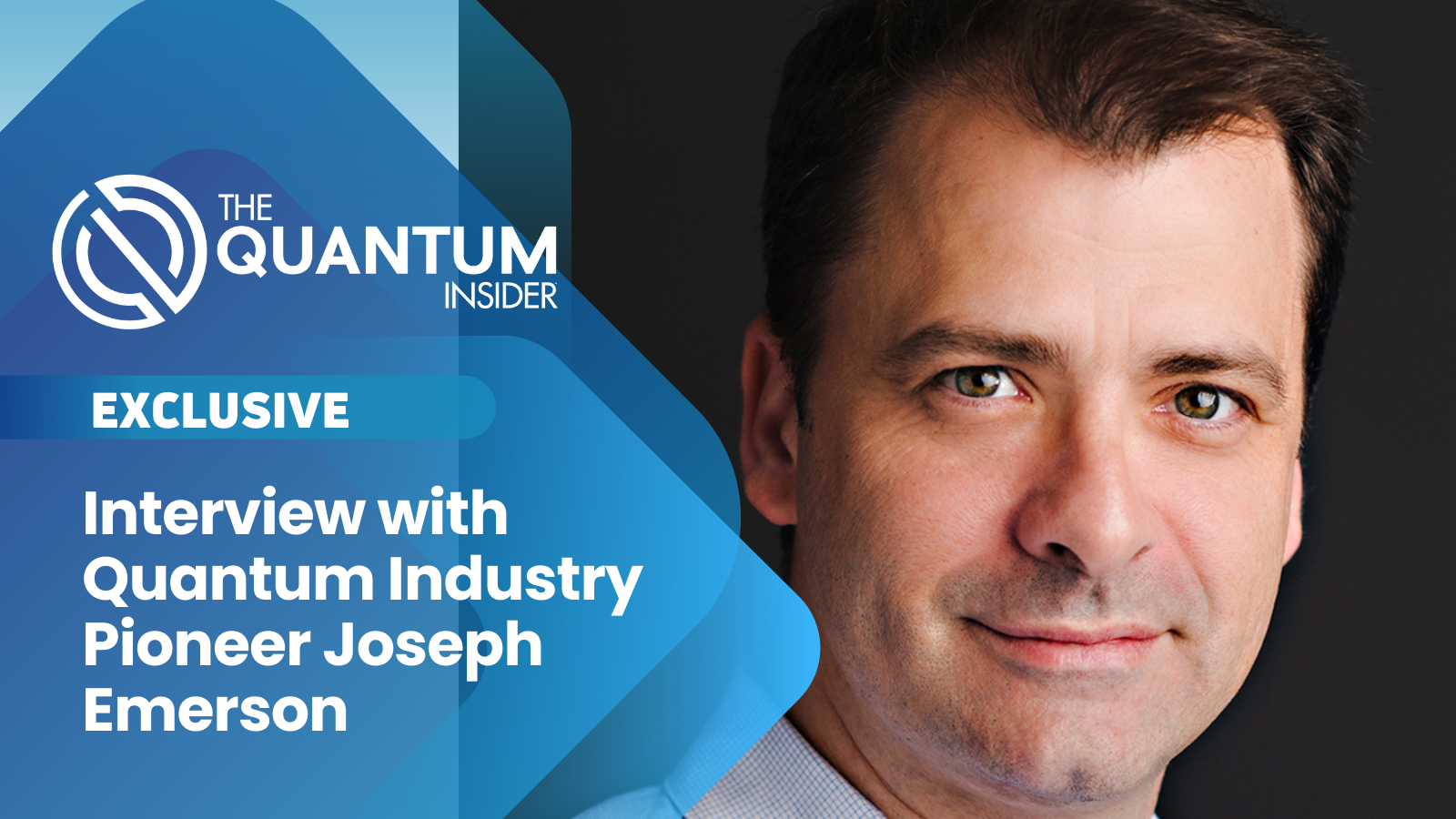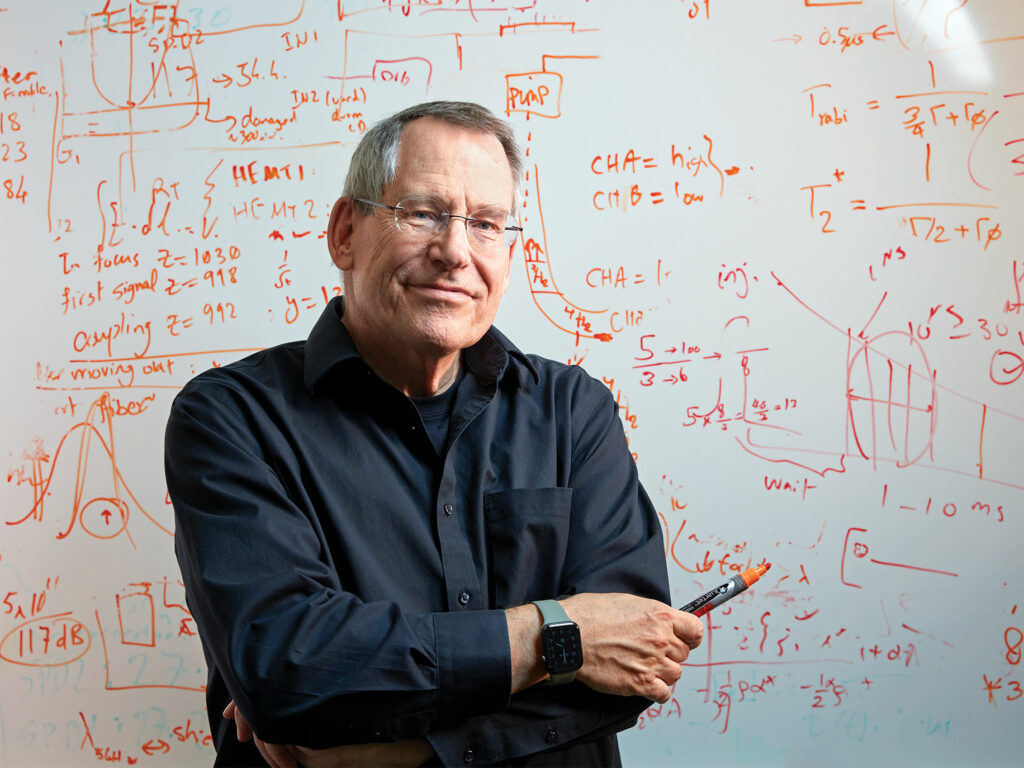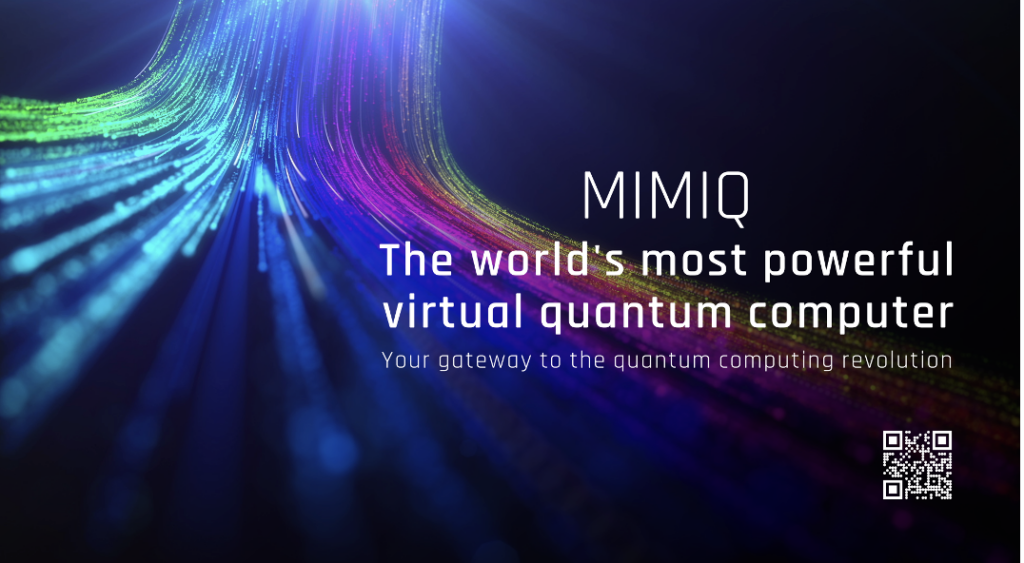Today we have an opportunity to chat with Joe Emerson, founder of the quantum computing start-up Quantum Benchmark which was acquired by Keysight Technologies in 2021. He now works at Keysight as their Head of Quantum Strategy. As a professor at the Institute for Quantum Computing at the University of Waterloo, he pioneered several industry-standard tools for overcoming the error challenge to advance quantum computing. That research informed the True-Q quantum computing software platform that has been widely deployed by industry leaders to achieve state-of-the-art quantum computing capabilities.
- Why are we seeing various industries show so much engagement with quantum computing, now, even though the technology is still developing?
Joseph Emerson, Head of Quantum Strategy, Keysight Technologies:
“As most readers of your website would know, quantum computing is a disruptive technology for solving high value computational problems spanning a large number of industries. Quantum computing offers a path to solving problems that are intractable, even with high-performance computing. Industry leaders are engaging now because they need to be `quantum-ready’ – prepared to leverage the technology immediately when it achieves its disruptive potential. Leaders become quantum-ready by working with experts like us to understand the opportunities and timelines for quantum computing to deliver a competitive advantage, or “quantum advantage” in their industry, to educate and train their internal teams, and to capture critical IP to protect their future business.
- If there is only one thing you would want to say to our readers as a `take home’ message about how to harness the power of quantum computing, what would it be?
“Good question – I think the key message that business leaders need to understand is that solving problems with quantum computers requires the end-user to understand how to mitigate the inevitable errors that will arise during the course of the computation. This is because errors are intrinsic to quantum computing itself, now and for the indefinite future. Cloud providers aren’t going to solve this problem for the end-user because the solution must be tailored to the specific details of the use-case in order to achieve quantum advantage in the near-term and maximize competitive advantage in the long term. This means that programming quantum computers requires very specialized strategies that are completely foreign to conventional programming. The quantum program itself must be designed to navigate and mitigate the errors that depend on the layout of the quantum program. This mitigation can be done – but it requires deep domain-specific expertise. If you don’t have access to this expertise, there is no path to achieving value from quantum computing.
- Why is it that error and noise are so fundamental to our discussions about quantum computing, but aren’t in the context of conventional computing?
Emerson: “Let me give an analogy for why this is the case. Imagine you are putting together a team to start building rocket ships. Now imagine that it never occurs to anyone to get training on how to design good navigation and guidance systems for the rocket. Here I mean learning how to monitor the trajectory, and apply adaptive feedback, through closed-loop control and so on. That team will be able to build and fire off a rocket, but that rocket will never reach the target destination, and may even crash into the ocean. It’s obvious in this case – something was missing from the solution. That is exactly what is happening now for so many efforts I see in quantum computing. So many users, even so-called ‘quantum algorithm’ experts, write a quantum program that would work on an ideal quantum computer – which assumes there are no errors. But ideal quantum computers without errors don’t exist and never will – let me repeat that – we know for a fact that quantum computers will always have error just like rockets will always start veering off course. Rocket ships with perfect thrust that can deliver an exact pre-determined trajectory will never exist.

Course-monitoring and real-time corrections will always be required during the rocket flight, and error-monitoring and correction will always be required for the design and run-time of every quantum program. It’s that simple. And that’s what we do.
- Ok but quantum computers are not rocket ships – can you help us understand why errors are intrinsic to quantum computing, rather than a problem that can be solved so end-users don’t need to worry about them?
Emerson: “Quantum computing is fundamentally different than conventional computing because it requires high precision analog control of the quantum bits, the ‘qubits.’ While the capacity of conventional computers to solve problems is largely determined by the speed of the processor and the available memory, the capacity of a quantum computing platform is limited by the precision of the operations applied to those qubits. Precision, in this context, determines the quantum platform’s ability to produce correct, or valid, solutions for applications of interest. The very, very small but finite precision and reliability of these operations limits the performance of all quantum computing platforms, in particular, the errors accumulate through the course of the quantum computation. So it’s a vicious cycle because, even as the control errors get smaller, we will want to tackle bigger problems, of greater scientific or business value, and this leads to longer programs that accumulate more and more errors. Understanding these intrinsic errors, and applying state-of-the-art methods to monitor and overcome them, is the fundamental challenge to leveraging the power of quantum computing, it is the key to achieving and maximizing quantum advantage.”
- So what can you tell us about the solution you have developed for this problem – how do you help end-users overcome errors?
Emerson: “Quantum computing is a double-edged sword, in a very definite way. The power of quantum computing comes from the fact that there is an exponential complexity that can be leveraged as the number of qubits in the system increases. However, this also means that there is an exponential complexity to the errors that can push the computation off course. Circling back to my rocket analogy, you have to navigate in three dimensional space, plus the orientation of the rocket, the rotation and so on. There is only a handful of navigational parameters you need to track and correct. But for a quantum computation, the problem is absurdly complex. For a 20 qubit program, there are 2 to the power 80 error parameters. For a 60 qubit program, there are 2 to the power 240 error parameters to track and correct. That is something like the number of atoms in the galaxy. So there is an incredible complexity to this problem and you can’t manage it by brute force for more than 3 or 4 qubits. Clever, highly efficient algorithms are needed. So I have been working on finding solutions to this problem for two decades, dating back to my early work on quantum computing at MIT, where we ran the first 3 qubit quantum algorithm in 2002 and recognized how hard this error problem was. Anyway, finally we cracked the nut – myself and my research team at the Institute for Quantum Computing – actually this was a series of breakthrough results over half a decade. When the IBM Q effort put the first quantum computer on the cloud, that is when I formed my startup, with my best students and postdocs, to make our academic tools accessible to the rest of the world. We built a software platform that is accessible to newcomers who are learning how to leverage the power of quantum computing – and making sure their computations don’t crash into the ocean.”
For more market insights, check out our latest quantum computing news here.




















